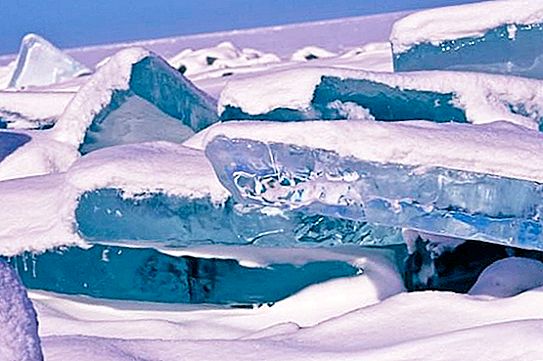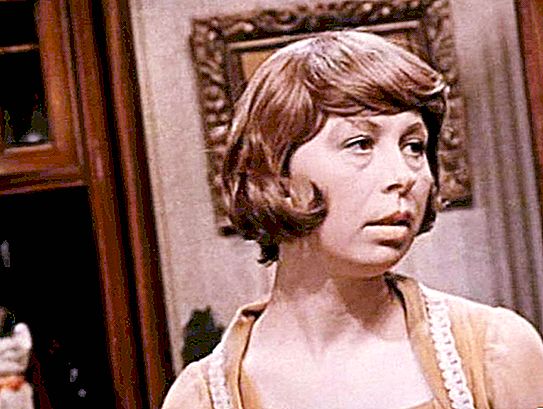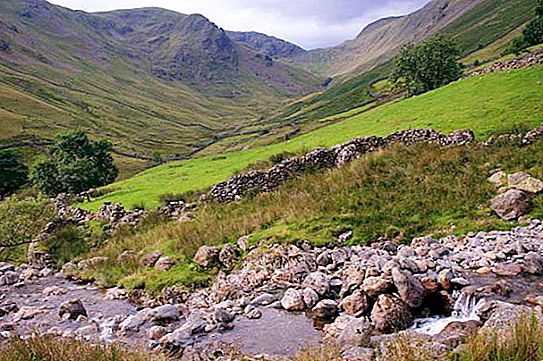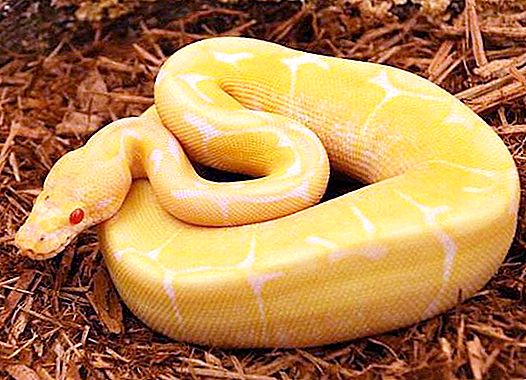The Moscow River is the main waterway of Moscow. It is not for nothing that our ancestors chose a place for the foundation of the city on the picturesque coast. Both the river itself, and the numerous streams and lakes fed by groundwater, have always supplied residents of the city with running water. Also the presence of a waterway connecting Moscow
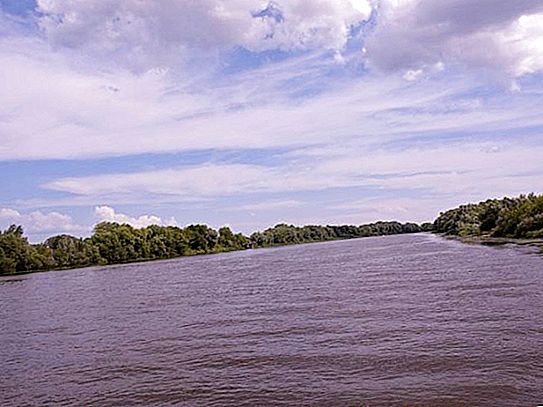
with other settlements and states, contributed to the formation of a growing city. Knowing where the Moskva River flows into and following its path further, the enormous significance of the river for the historical development of the Moscow state becomes apparent. The Moscow River is the left tributary of the Oka River, flowing into it. The place where the Moscow River flows into is located in the vicinity of Kolomna. The Oka, in turn, flows into the Volga, and that into the Caspian Sea. The depth of the Moskva River is on average no more than six meters, the length is almost 500 kilometers. Its width in the upper reaches ten meters, downstream, including the limits of Moscow, reaches 100 meters.
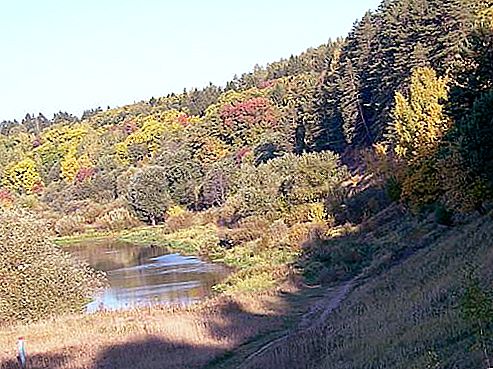
The origin of the Moscow River
The sources of rivers are different: some of them originate in swamps or underground, others in lakes, and others in glaciers high in the mountains. The estuaries (where the river flows) are usually located at the confluence with other rivers or with lakes and seas. The Moscow River flows out in the form of a small stream from a swamp in the vicinity of the village of Starkovo in the Smolensk region. The swamp is called Moskvoretskaya puddle. It is believed that in its place in antiquity there was a large lake, which then became shallow and overgrown with sedge. Literally 500 meters from the source, the stream becomes a river. A channel appears and a fairly pronounced course. Gradually, the river becomes full. Forests are ending, the river flows along a wide plain. Here, large tributaries feed it. The largest are Ruza and Istra. The soil changes, the bottom becomes viscous and clay. Landslides are often due to the fact that sections of the shore are washed by the river and slide down along with the trees.
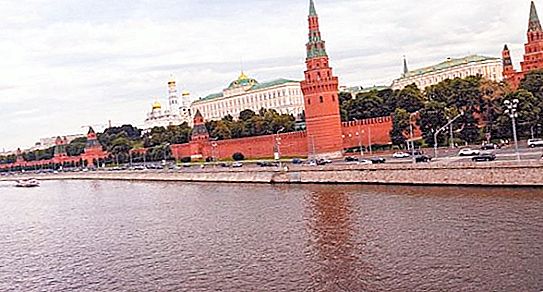
On such slopes, trees stand crookedly, forming a very picturesque picture of branches hanging over the water. Locals call this phenomenon “drunk forest”. The river enters the city of Moscow in the Strogino district, in the northwest, and exits in the southeast. Flowing through the capital, the Moscow River forms large loops - in the area of Zamoskvorechye, Luzhniki and Dorogomilova. Within the city, the Yauza, Setun, Presnya and the Neglinnaya River enclosed in a pipe flow into the Moscow River. The winding Yauza flowing through the historical part of the city gives the capital a special charm with its small humpbacked bridges and parks framing its shores.
The confluence of the Moscow River
You can see with your own eyes where the Moscow River flows into. The mouth of the Moscow River is located on the southern outskirts of Kolomna. It is here that she flows into the Oka. At the meeting point of the two water arteries, the so-called arrow forms, where the Staro-Golutvin Monastery, founded by Sergius of Radonezh, is located. A very beautiful view of the confluence of the Moscow River into the Oka River opens from the high right bank of the latter. If you are lucky enough to go there, be sure to try to capture the place where the Moscow River flows into in a photo of unique beauty.

